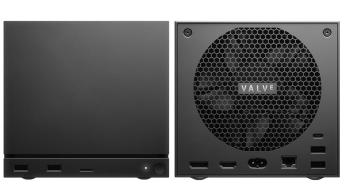Valve has openly shared details about the design process of its upcoming Steam Machine, which has generated excitement among gamers. The core of their design approach revolves around effective thermal management, as demonstrated by their choice of a powerful 140mm fan coupled with an optimized thermal module. With a total power consumption not exceeding 200W during gaming, the Steam Machine's size is carefully calibrated to enhance cooling efficiency within a compact framework. The device is designed to perform in the challenging environment of living rooms, ensuring proper airflow while maintaining a user-friendly experience, even without intricate adjustments by the user. The focus on keeping gaming performance consistent and reliable at a competitive price point sets the Steam Machine apart in the gaming console market.
How does Valve's Steam Machine compare to traditional gaming consoles?The Steam Machine aims to deliver comparable or even superior performance to traditional consoles like the PlayStation and Xbox while leveraging Valve's expertise in PC gaming. Its design prioritizes efficient cooling and compactness, which could appeal to gamers looking for a powerful and customizable gaming device that fits seamlessly into home entertainment setups.
Valve has historically been a leader in the gaming industry, particularly known for its Steam platform, where PC gamers can purchase and play a wide range of titles. The Steam Machine is part of Valve's continuing effort to merge the PC gaming experience with console convenience, building on their massive library and community-focused features. With the increasing trend of hybrid gaming devices, the Steam Machine could redefine the boundaries of console gaming.







Comments
It's refreshing to see a company actually prioritize thermal performance in a compact design instead of just chasing specs. This feels like Valve quietly showing console manufacturers how to properly engineer for sustained performance rather than just launch-day benchmarks.
Love how Valve is tackling the living room challenge with smart cooling solutions—it's like they're bringing PC-level engineering to the couch without the usual hassle. This could really shake up the console space by blending Steam's flexibility with living room convenience.